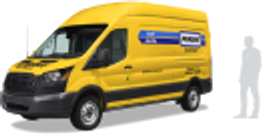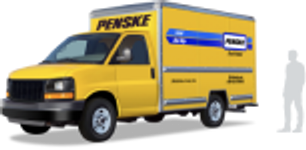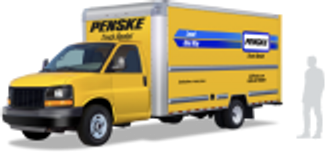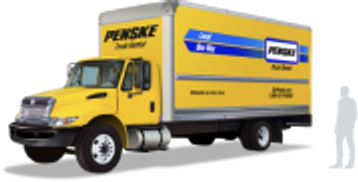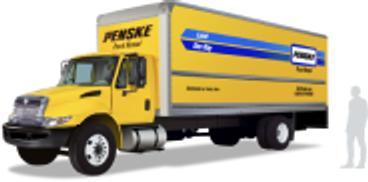Low Clearance Signs: Essential Tips for Moving Truck Drivers
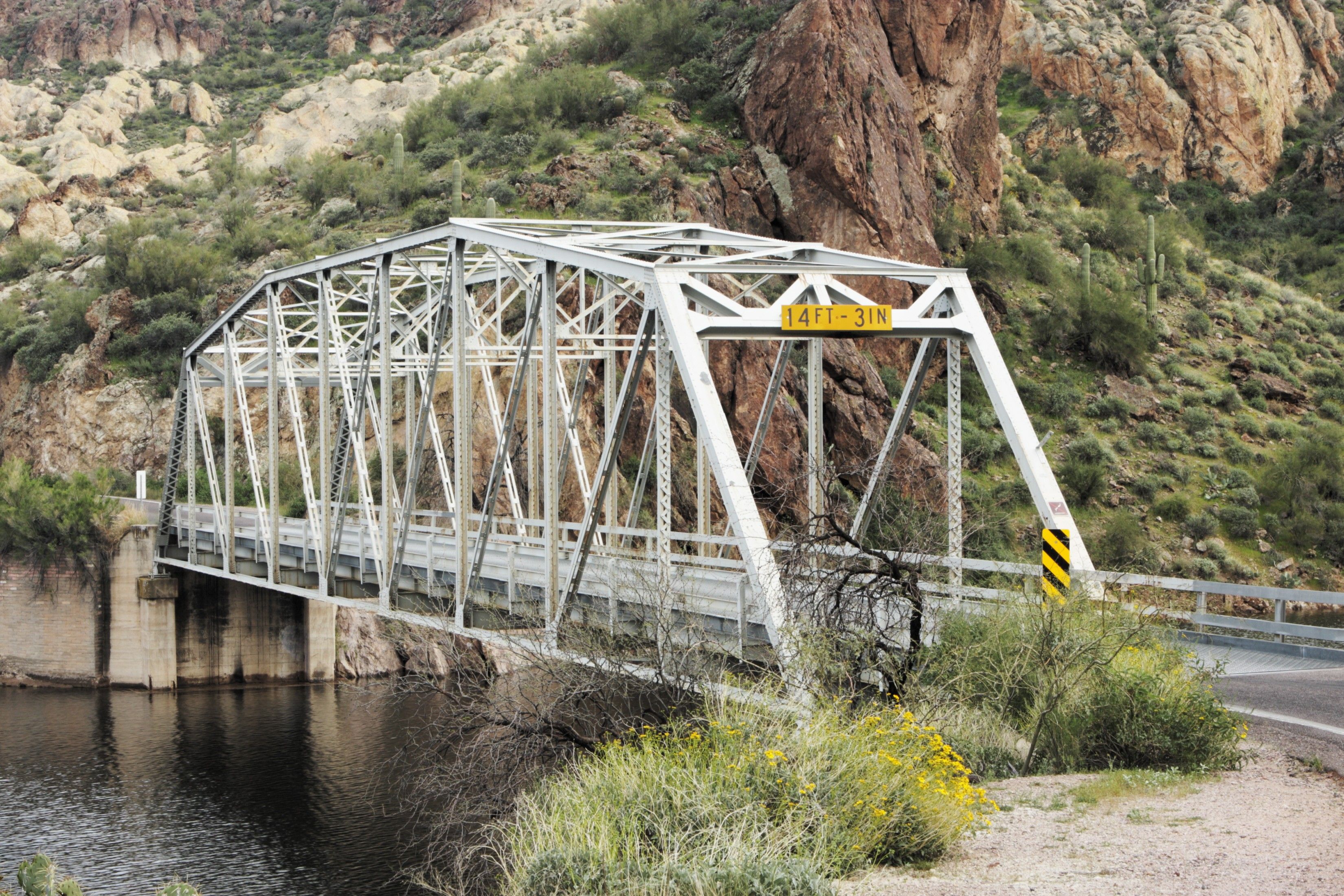
If you’re renting a moving truck for the first time, you may be unfamiliar with the unique driving precautions that come with operating a larger vehicle. Moving trucks are larger, wider and heavier than typical cars, requiring extra attention to bridges, overpasses, low-hanging trees, signs and more. Fortunately, low-clearance collisions are easy to avoid if you follow a few essential safety tips.
1. Know Your Truck's Height

Before hitting the road, take note of your truck’s height. Every Penske rental truck has a sticker on the front windshield and the side of the truck, viewable from the driver’s side mirror, showing the exact clearance height for that vehicle. Keeping this information in mind while driving will help you navigate safely around low-clearance obstacles.

2. Plan Ahead and Identify Potential Issues
Planning your route is key to avoiding any clearance issues, especially if you’re driving through unfamiliar areas. Use a GPS device or app specifically designed for trucks and larger vehicles, which can help you avoid restricted routes and low overpasses. If you’re taking an alternative route, make sure to verify that it’s truck-friendly, especially in urban or residential areas where low bridges are more common.
Tip: While low-clearance accidents are rare on major roads and interstates — where height regulations prevent most problems — more caution is needed when you’re driving on side roads, city streets, rural areas or places known for older, lower bridges, like New York and North Carolina.
3. Watch for Low-Clearance Signs

Low-clearance warnings are typically posted well before an overpass or bridge, giving you time to find an alternate route if necessary. However, in some cases, the clearance measurement may not account for weather conditions or recent road resurfacing. Approach with caution and if you’re unsure, stop in a safe area and reassess.
4. Stay Focused on the Road
Distractions can be particularly hazardous when driving a large vehicle. Staying focused and alert will help you notice clearance signs and avoid potential obstacles. Fatigue and being in a rush are common factors in low-clearance accidents, so give yourself plenty of time and take breaks as needed.
5. Watch Road Conditions and Surfaces
Snow, ice or even recent resurfacing can add inches to the pavement, effectively lowering clearance under bridges or overpasses. During winter months or in construction zones, allow for additional caution when approaching low-clearance obstacles.
6. Know Where Height Regulations Don’t Apply

While bridges and tunnels generally have regulated heights, certain structures don’t fall under these regulations. Keep an eye out for:
- Fast food drive-thrus
- Bank and ATM drive-thrus
- Building awnings
- Parking garages
- Gas station canopies
Avoid pulling into these areas without confirming that your truck can clear them.
7. Proceed With Caution in Uncertain Situations

If you’re ever unsure whether your truck will fit, it’s best to stop and assess. Find a safe spot to pull over and check the situation before proceeding. It’s always safer to take a moment and double-check rather than risk a costly and dangerous accident.
Accident Protection
Even when you’re prepared, low-clearance accidents can happen. For moving truck rentals, we recommend purchasing an optional protection plan to cover accidental damage. Commercial renters must rely on their insurance providers for overhead damage coverage.

You've decided to move. Now what? We have the planning, packing, loading, and driving tips you need to make your move a success.
Explore NowRecent Articles
